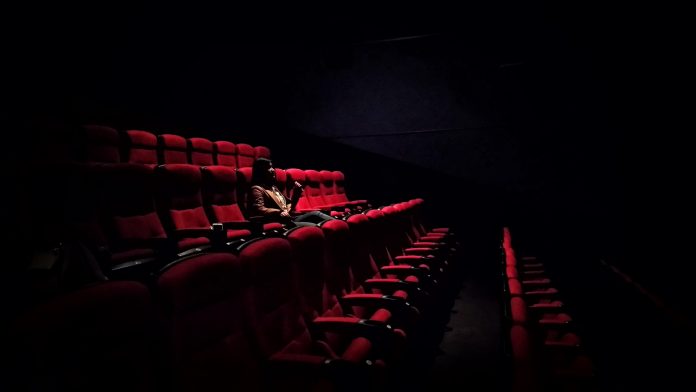
I don’t know if you ever really thought about traveling to Singapore much in your life, but I do know that you will want to after you watch “Crazy Rich Asians,” based on the book series of the same name by Kevin Kwan. One of the best parts of this incredible film is the way it showcases the setting and allows for the audience member to feel as though they are immersed in the setting. The cityscape, the lavish parties, the incredible colors, and the beautiful architecture are easy to fall into and fall in love with.
And speaking of falling in love, this film is a wonderfully delightful romantic comedy. But it is also much more than that.This film tackles the way wealth impacts relationships and the way extreme wealth gaps lead to misperceptions about others. The basic plot is that Rachel Chu (Constance Wu), a young Asian American woman, is dating Nick Young (Henry Golding), a young Asian man. The couple meet in New York, and Rachel is completely unaware of Young’s family and their immense wealth. And because Rachel grew up in America without that same level of wealth, there is pushback on their relationship from friends, peers, and Young’s own family.
This film works to challenge our perceptions of wealth’s effect on a family’s happiness and how it can strain relationships- both romantic and familial. Nick struggles with feeling as though he has to choose between Rachel and his family, and Rachel struggles because she feels as if she is not worthy to be with Nick. By providing these complex portraits around this relationship, “Crazy Rich Asians” examines the problems that stem from huge wealth inequality.
I would be remiss to mention that some critiques of the film have called it out for playing too deeply into stereotypes of Asian people, and not accurately representing the true Asian diaspora. And these critiques are valid, because much of our popular film culture plays off of stereotypes and cliches, and capturing such a complex cultural experience could never be done complete justice in film. But for many viewers and members of the cast, the film signals a changing point in Hollywood culture, hopefully, one that will allow for more Asian representation in mainstream film.
It is very important to mention in this review that the last movie that had as much Asian representation as “Crazy Rich Asians” was “The Joy Luck Club” that came out in 1993. So for 25 years, the Hollywood industry has not provided much representation to Asian community, until it made this movie. In my research about the film “The Joy Luck Club,” I discovered that after its release, there were speculations about this film signifying increased diversity in Hollywood. 25 years later, there are critics essentially saying the same thing about “Crazy Rich Asians” film, that it represents a new era for Hollywood. And I can truly only hope so.
Anyway, see you all at the movies soon!
